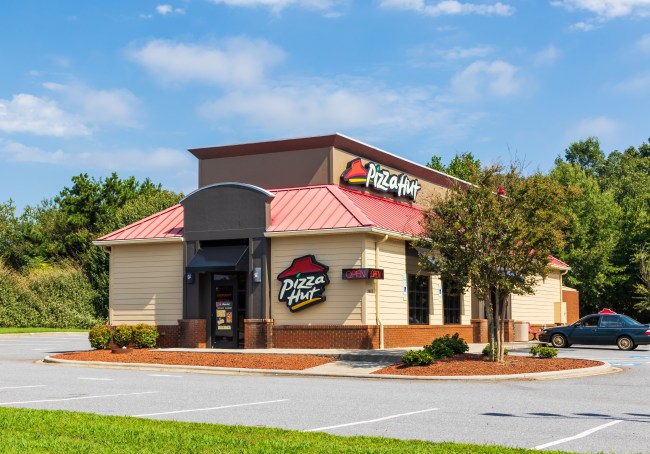
iStockphoto
Since its inception in 1958, Pizza Hut has expanded to nearly 19,000 locations worldwide, making it the world’s largest pizza chain under this metric.
It is with a heavy heart and an empty stomach I announce that the seemingly Herculean foundation of America’s iconic pizza institution has been compromised and the future of the innovators who brought you the divine Mozzarella Stuffed Crust Pizza is on the fritz.
CNN is reporting that 300 “underperforming” Pizza Hut locations are scheduled to permanently close following the bankruptcy of one the chain’s largest franchisees.
NPC International, which filed for Chapter 11 in July, announced an agreement Monday with Pizza Hut’s owner Yum! Brands (YUM)to close roughly a quarter of its restaurants and sell the remaining locations. Specific restaurants and timing have not yet been determined, but NPC said a “substantial majority” of affected locations have dining rooms.
The agreement provides NPC with “flexibility to explore options for achieving a value maximizing outcome as it seeks to finalize the terms of a comprehensive financial restructuring and emerge from Chapter 11,” it said in a release. A perfect storm of coronavirus-related shutdowns, a massive debt burden of nearly $1 billion and rising labor and food costs tipped NPC into bankruptcy.
Pizza Hut is reportedly shifting away from the dining room model and encouraging customers to order pick-up through its website or third-party apps.
NPC’s 1,227 Pizza Hut locations account for 20% of the chain’s 7,000 US locations. NPC’s remaining portfolio includes operating roughly 400 of Wendy’s 6,500 restaurants in the US.
If Wendy’s is next, I think I may just opt out of this simulation.
[h/t CNN]